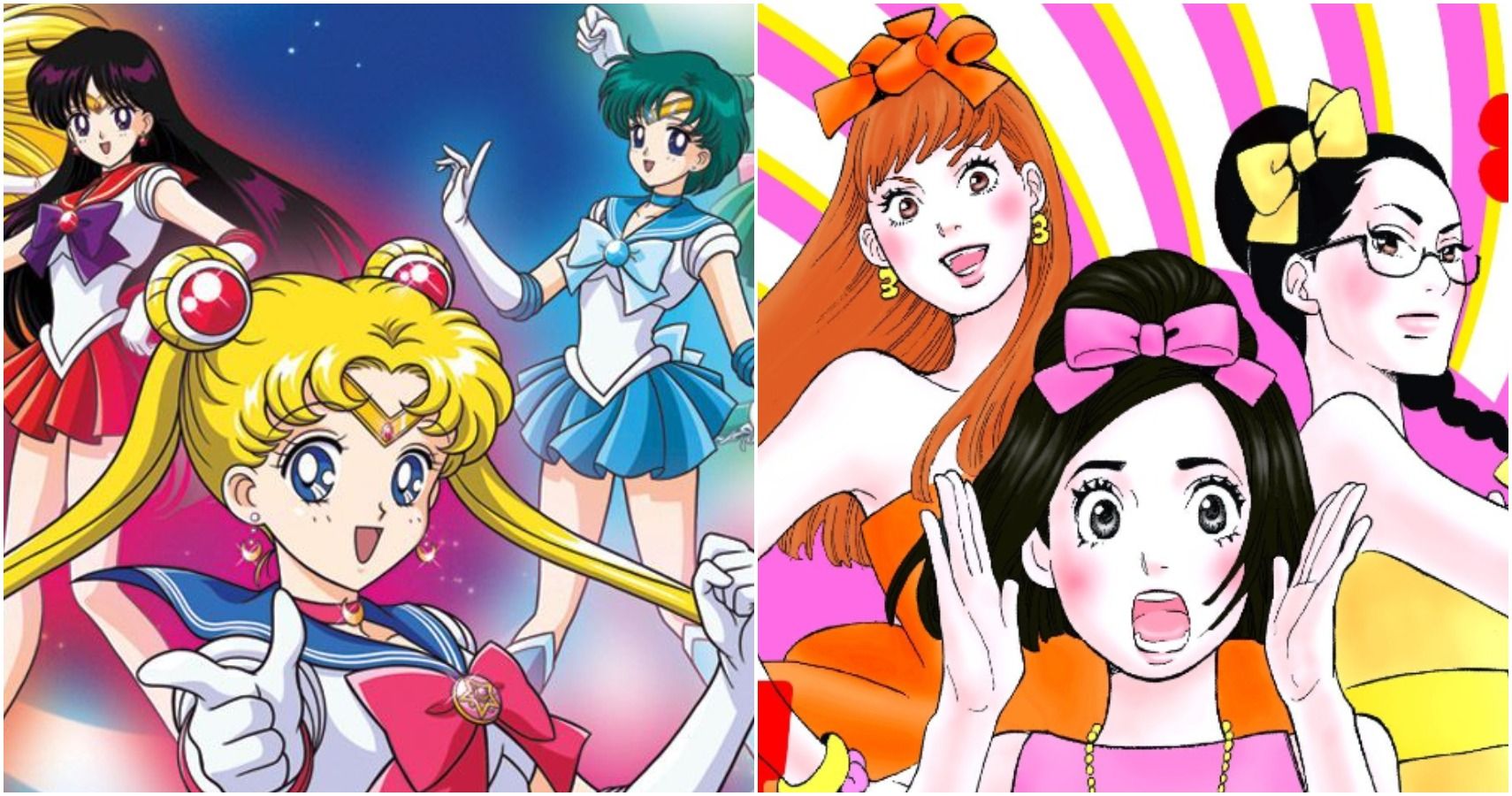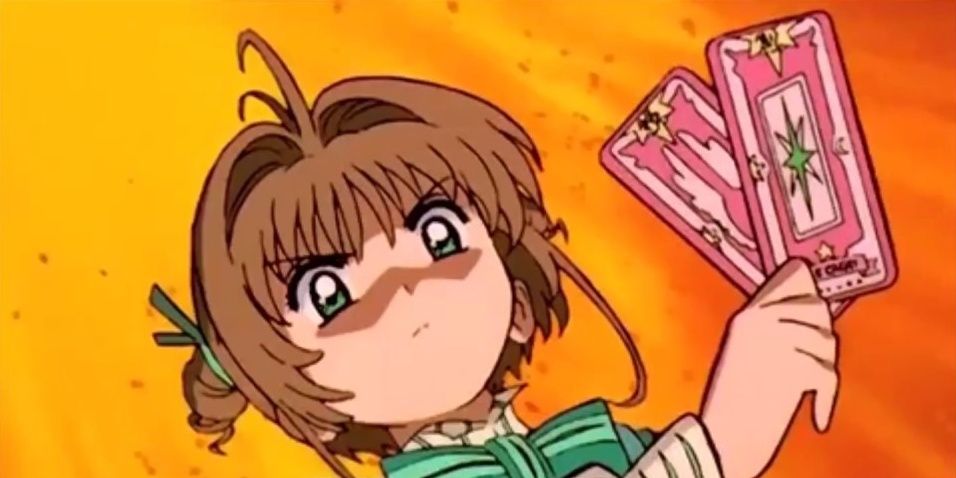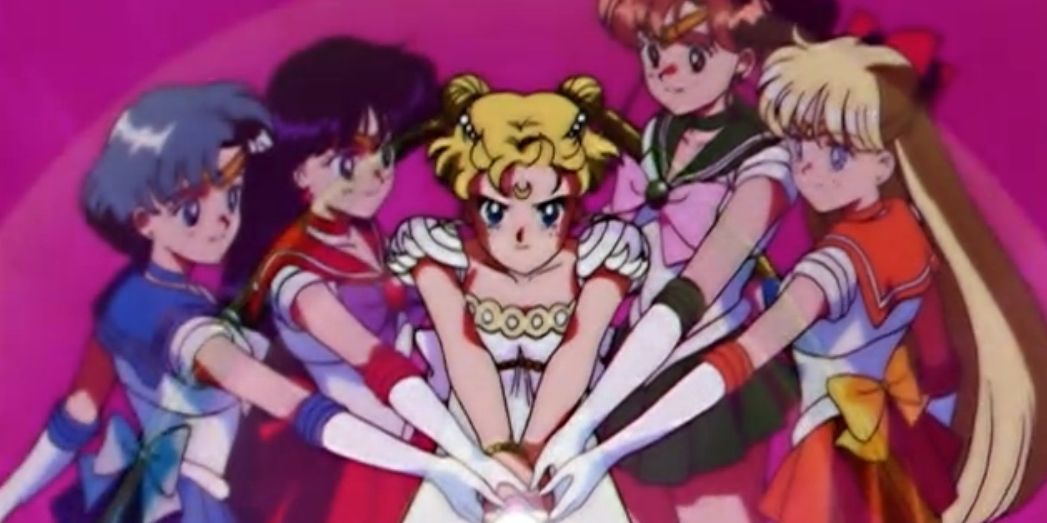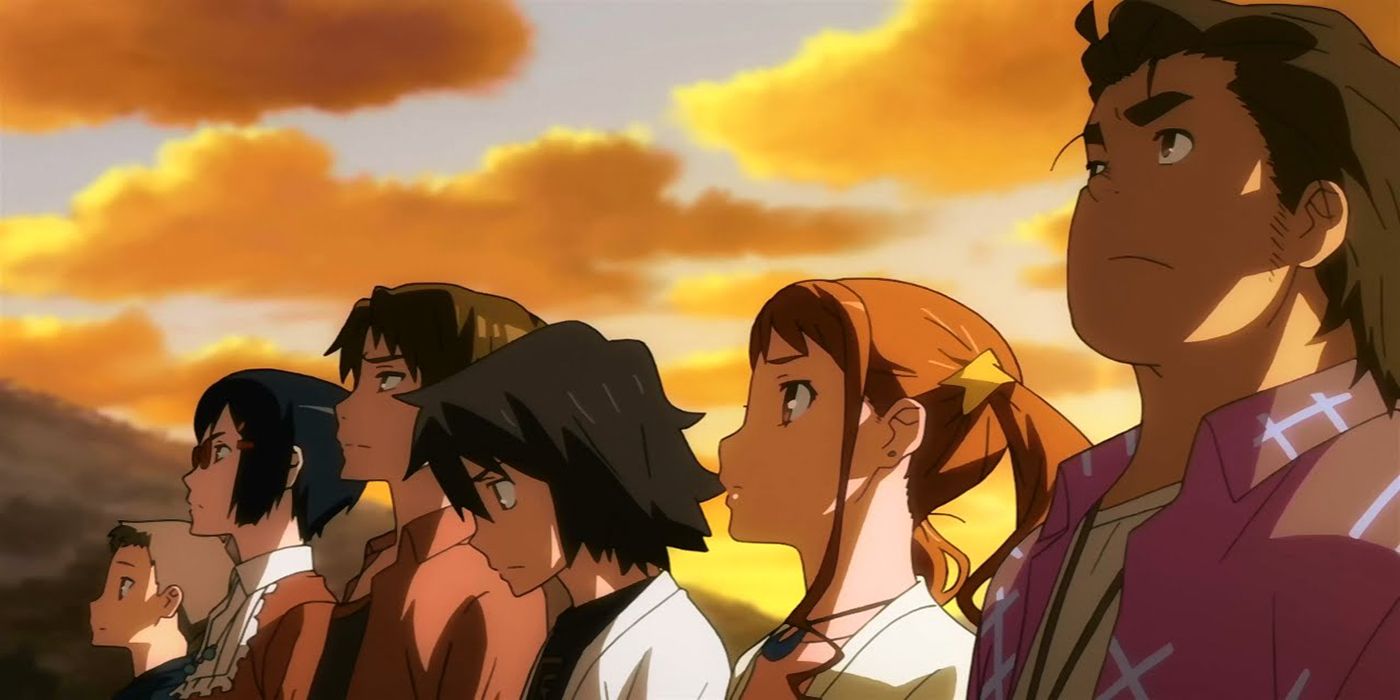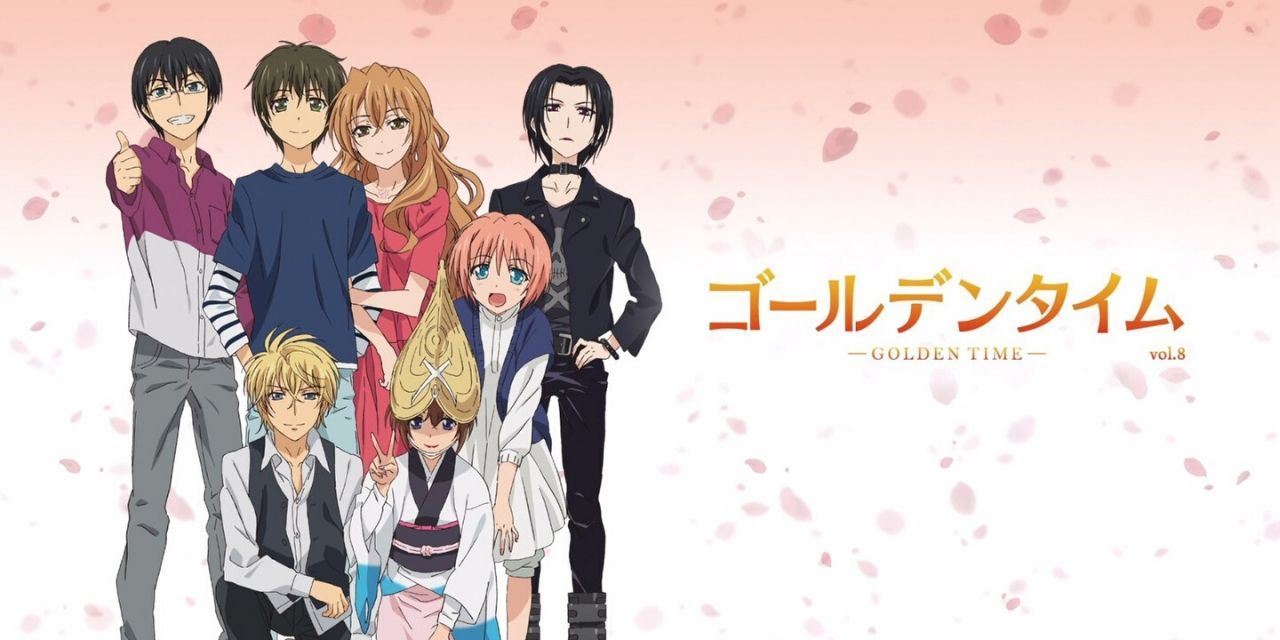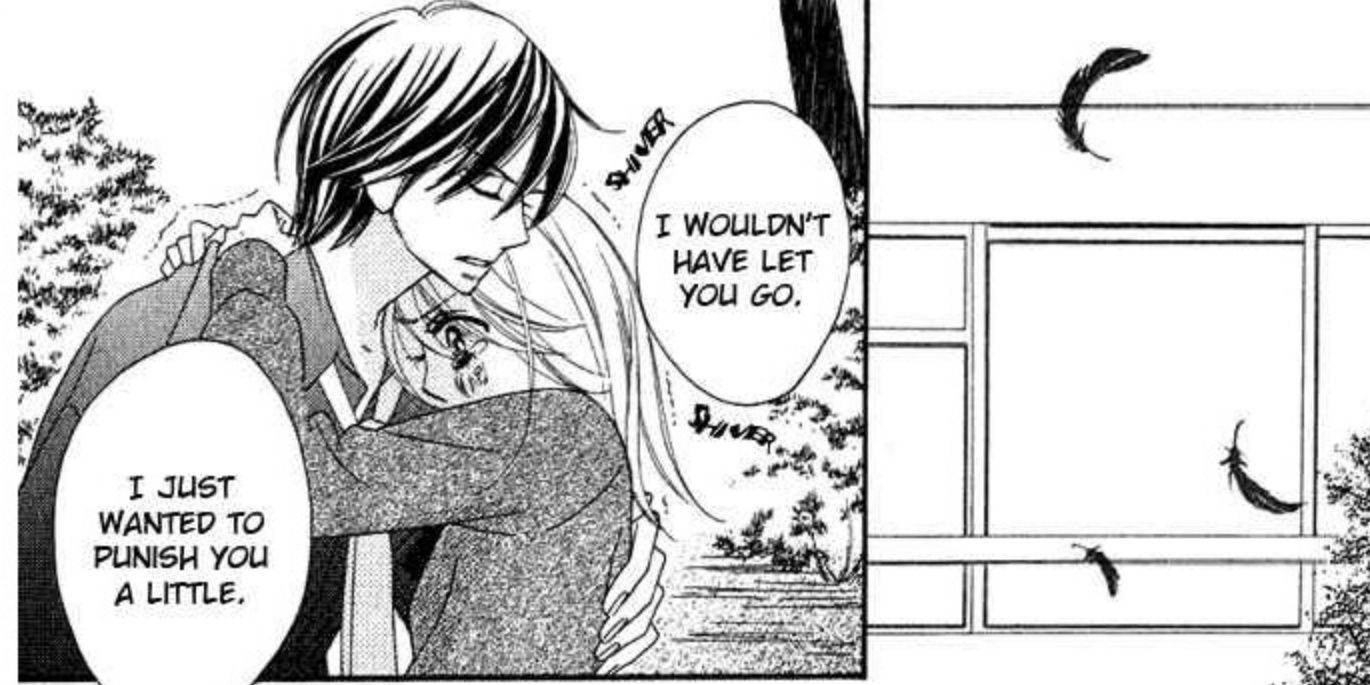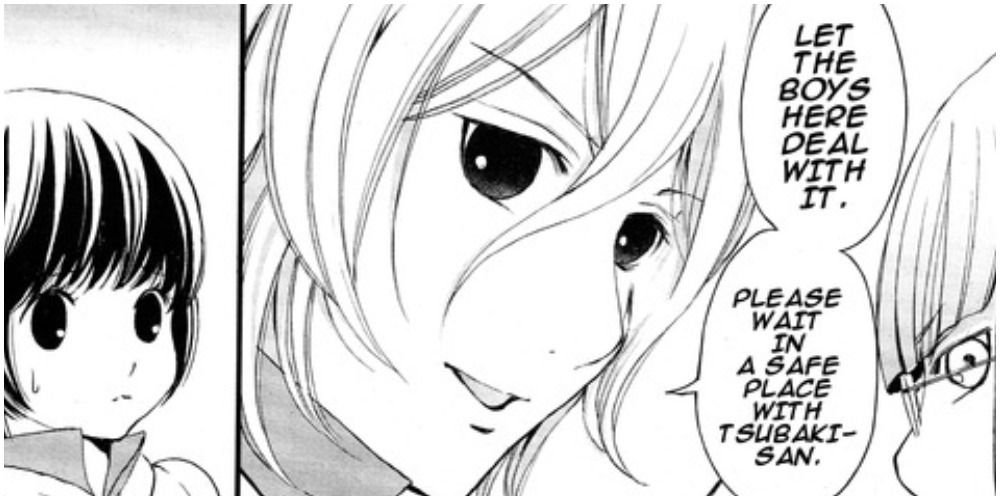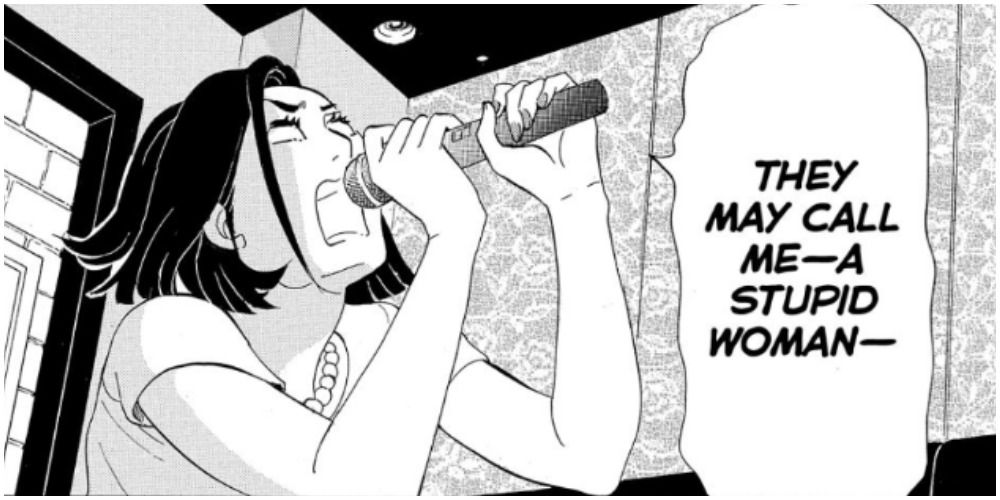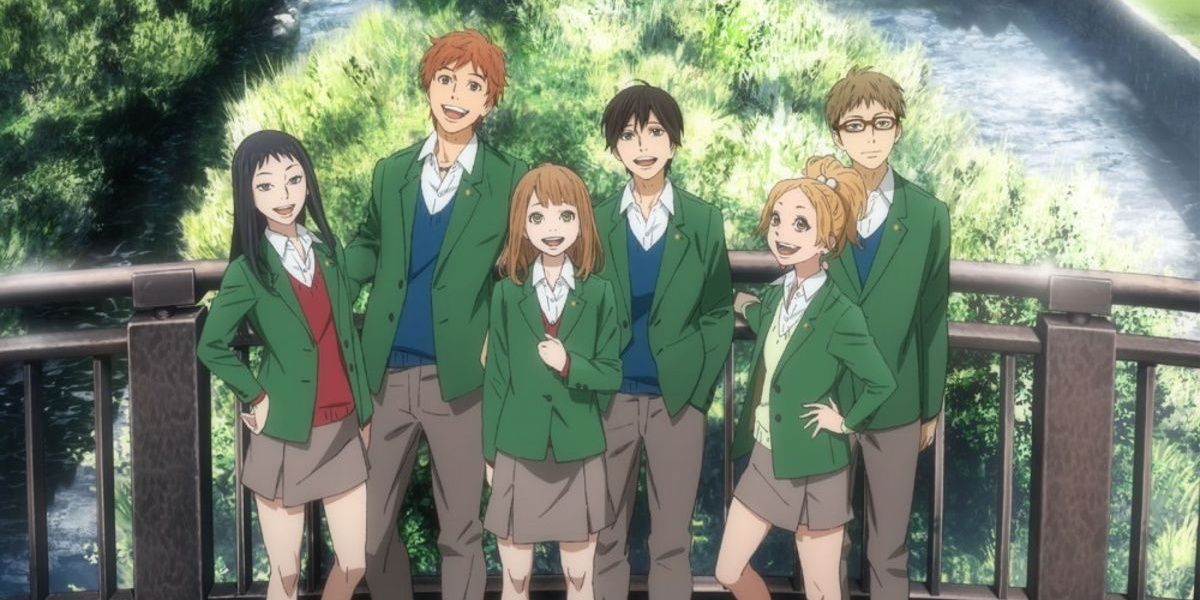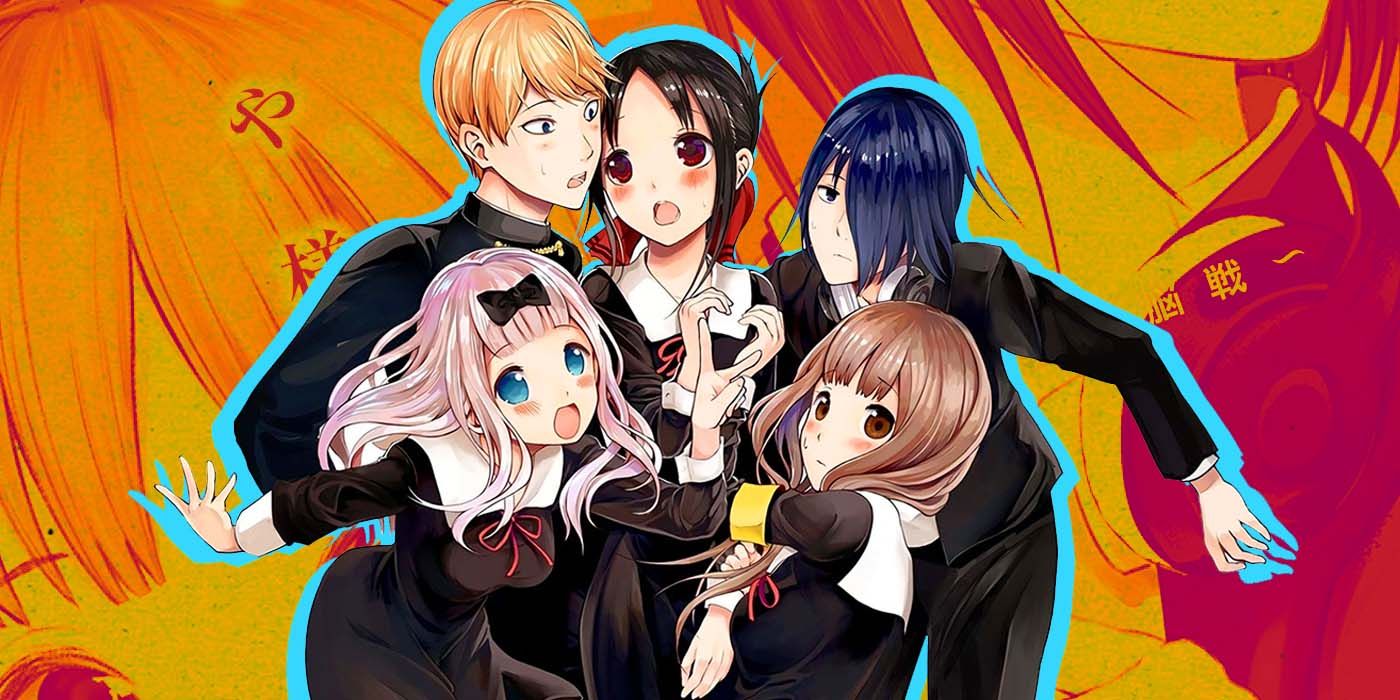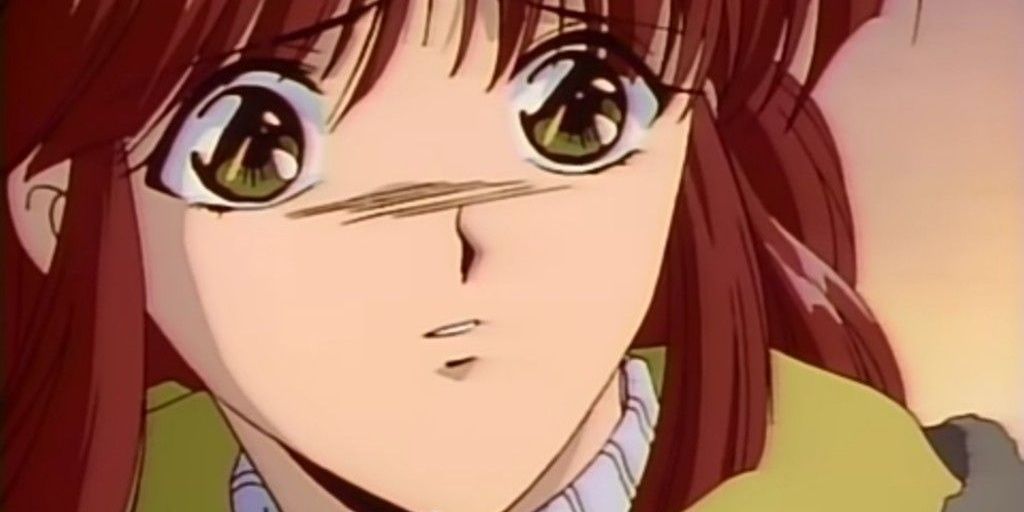The shojo genre has been around for a long time, almost since the inception of manga, but it definitely picked up major speed in the 1990s. Some of the shojo anime of the 90s, like Sailor Moon, Cardcaptor Sakura, and Magic Knight Rayearth are still widely considered some of the best anime of all time, and are responsible for introducing many young girls to anime.
But as with all genres, with changes in times come changes in the genre, and shojo anime & manga in 2020 looks very different than those series that were popular more than two decades ago.
10 There Are Fewer Magical Girls
In the 1990s, shojo manga was full of magical girls. Sailor Moon led the charge, becoming one of the most popular anime of all time, one that is still beloved by many. But it certainly wasn’t the only series about young women with magical powers: Sakura Kinomoto was saving the day as Cardcaptor Sakura while Miaka from Fushigi Yugi was getting a head start on turning magical girl tropes on their heads. Magical girls are out of fashion now, but series like Kill La Kill have beautifully satirized the tropes.
9 There Are Fewer Girl Groups
Going along with the idea of the magical girl is the idea of young women who lean on and depend on each other’s friendship for their strength. In the 90s, friendship between girls seemed to be the most important theme, with a huge focus on the support and encouragement female friends offer each other, even when they have different goals and personalities.
These strong groups of girls who are friends are easily the most memorable part of these early series, and those friendships aren’t seen as often in modern anime.
8 There Are More Bittersweet Endings
Don’t get us wrong: there are absolutely a few sad endings among 90s shojo stories, or endings that perhaps aren’t quite as satisfying as viewers might like. Paradise Kiss does not end with the couple staying together. Ranma 1/2, a romantic comedy, doesn’t end with the forcibly-engaged main characters actually getting married. But many recent shojo stories feature endings that aren’t exactly happy, if not actively heartbreaking, like AnoHana: The Flower We Saw That Day or Your Lie in April.
7 The Characters Are Older
Most of the shojo manga of the 90s featured fairly young characters. They were often in middle school, or perhaps in their first year of high school, and therefore were dealing immediately with issues of growing up. But more series have focused on older characters in recent years: people about to graduate from high school or just starting college, such as in Golden Time, as the main characters are just starting out in law school.
6 The Male Characters Are More Dominant And Aggressive
Gender roles in manga and anime, as in most media, have always been slightly problematic. But in recent years, the inappropriate behavior of male characters seems to have risen, and it’s often presented as romantic or attractive: forcing women to kiss them, insisting on knowing what they’re doing at all times, getting angry if they somehow end up in danger. It’s often presented as the characters feeling anxious and protective of the girls they like, but it seems in reality rather possessive.
5 Girls Need To Be Protected — And Always Cute
This has always been something of a trope in manga and anime in general, but it seems to have really taken off in recent years. Rumiko Takahashi cornered the market on heroines who not only didn’t need a man to save them but resented the very idea, giving Akane great martial arts skills in Ranma 1/2 and making Kagome an excellent archer in Inuyasha. Modern shojo romance seems to reinforce gender roles, insisting that girls need to be protected by boys.
4 They’re Starting To Subvert The Tropes
The shojo genre has been around for a long time, and just like shonen anime and manga, it has its own particular tropes that appear time and again in the series. Some of those tropes haven’t held up well or seem outdated in a world that has changed quite a bit in 30 years. Tokyo Tarareba Girls, a manga about three women in their 30s lamenting that they’re still single while also refusing to conform to ideas of traditional femininity often seen in shojo manga, is a great example of this.
3 There Are A Lot More Slice Of Life Stories
While not every shojo story is a romance, almost all of the most popular shojo stories of recent years are slice of life stories. They take place mostly in high school or college, with the characters navigating coming of age with their feelings for whoever their love interest is.
Some of them have a vaguely supernatural bent, like Orange, which features a young woman receiving a letter from her future self, but the overall story is a straightforward drama.
2 There’s More Romance
As female friendships seem to disappear from the zeitgeist of shojo manga, romances seem to have taken their place. While, of course, series like Ai Yazawa’s Neighborhood Story or Rumiko Takahashi’s Inuyasha are 90s shojo romances, the relationships also aren’t the main focus of those stories. Nowadays shojo romances seem to focus solely on the blossoming relationship between the characters, with settings that have less of a bearing on the plot than say, studying to become a famous fashion designer or being thrown back in time to feudal Japan.
1 There Are Fewer Stories About Heroines
In the 90s, the magical girl genre actually grew out of this idea of the female superheroine. These characters were very invested in their communities and interested in taking care of each other and protecting the innocent from danger, even if it meant danger to themselves. This has also faded somewhat from modern shojo stories. There aren’t as many stories about female characters who lead the charge in a fight against evil. It’s a surprising change since such stories dominated the genre in the 90s.

